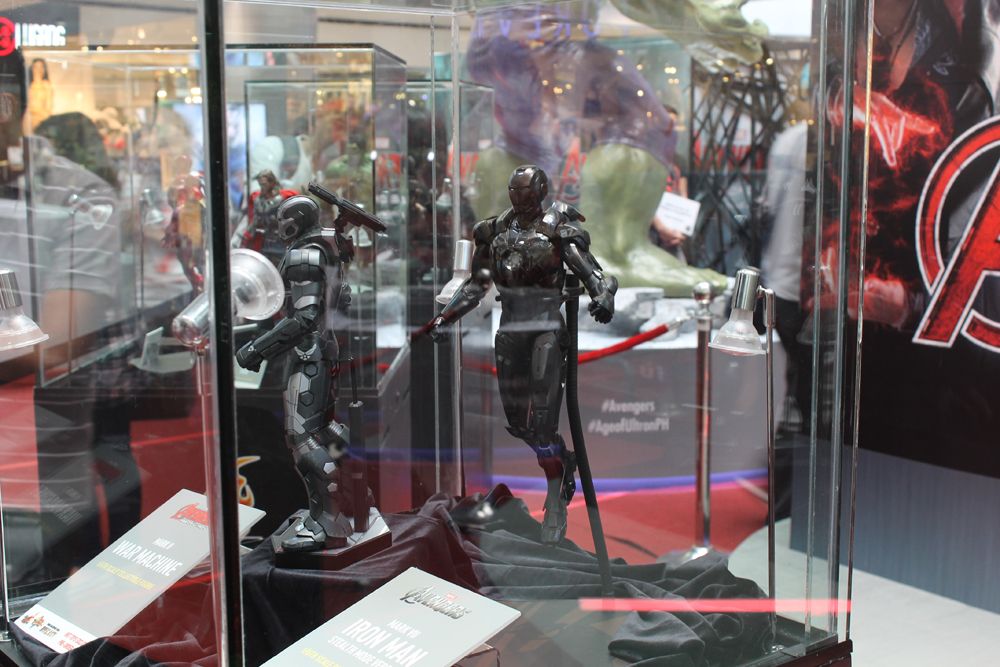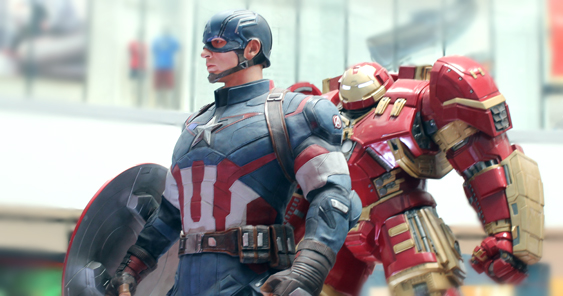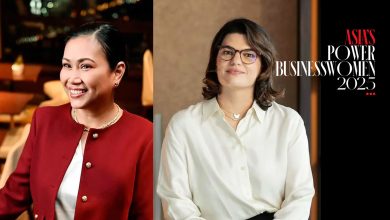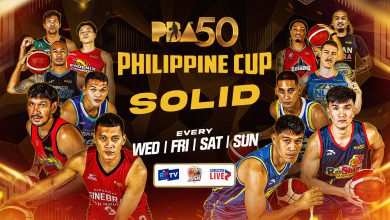The leading high-end collectible company Hot Toys partnered with their official distributor in the Philippines, Filbar’s, in organizing the Marvel’s Avengers: Age of Ultron Hot Toys Exhibition. It will be on display at The Block, SM City North EDSA in Quezon City from April 27 to May 16.
The highlights at the Philippine stop of Hot Toys’ Asia Tour include the life-size statues of Captain America and Ultron, the movie-accurate Avengers: Age of Ultron 1/6th scale collectibles that include Iron Man Mark XLIII, Captain America, Black Widow and War Machine Mark II.
The exhibition also includes the Avengers: Age of Ultron Cosbaby Series 1, and the Avengers: Age of Ultron: Artist Mix Series, a collaboration with Japanese artist Touma.
“It is the also the best opportunity to take a closer look at Hot Toys’ high quality and greatly detailed 1/6th scale collectible figures and diverse product lines Cosbaby Series and Artist Mix, especially for fans who have watched the epic sequel. Filbar’s, which is the headquarters of the most passionate comics fans, is thrilled to be Hot Toys’ partner for the new collectible figures landing in Manila,” said Jacob Cabochan, Filbar’s President.

Two exclusive collectible figures will only be available during the event period—the War Machine Mark II and Iron Man Mark VII, Stealth Mode. The figures are realistically designed to look even more like the armors as they appear in the film.
 The War Machine Mark II is crafted with great detail, it features a highly-detailed head sculpt based on the image of actor Don Cheadle as he appeared as James Rhodes/War Machine in Avengers: Age of Ultron. The armor is metallic black and dark silver colored with decals, LED light-up functions, rotatable machine gun, and a specially-designed Avengers: Age of Ultron figure stand. Now fans can get an idea why Rhodes opts for the password, “War Machine rocks.”
The War Machine Mark II is crafted with great detail, it features a highly-detailed head sculpt based on the image of actor Don Cheadle as he appeared as James Rhodes/War Machine in Avengers: Age of Ultron. The armor is metallic black and dark silver colored with decals, LED light-up functions, rotatable machine gun, and a specially-designed Avengers: Age of Ultron figure stand. Now fans can get an idea why Rhodes opts for the password, “War Machine rocks.”

The Iron Man Mark VII, Stealth Mode is likewise a great addition to anyone’s Iron Man collection. The collectible figure features multiple layers and various shades of metallic and matte black color with digital camouflage design, translucent black chest armor and articulated flaps on back of legs, Stark Industries decals at various parts of the armor, LED light-up functions, interchangeable armor parts, and a dynamic figure stand.
Priority slots to get the figures will be drawn every week during the exhibition when they visit and sign up at Filbar’s SM City North EDSA branch.
“Not only does this gives a fair chance to everyone who would like to take home these limited, movie-accurate Hot Toys collectibles, it also brings back pop culture fans to the comic book store to reignite their interest in reading comics, where blockbuster movies like Avengers: Age of Ultron were born,” said Filbar’s Creative Director Ivan Guerrero.
Filbar’s is also covering all fields geeky this summer, starting with the release of the Philippine edition of Avengers: Age of Ultron Movie Magazine Special, as Filbar’s now owns local publishing rights. They were also able to acquire exclusive licensed movie posters of Avengers: Age of Ultron and Guardians of the Galaxy.
Filbar’s also prepared for the most exciting comics-related event this year, Free Comic Book Day, set on May 2 at Filbar’s SM Megamall and Filbar’s Ayala Fairview Terraces.








